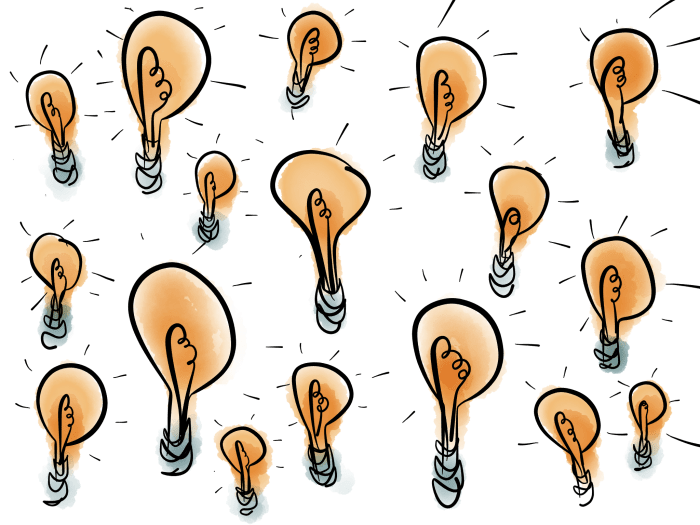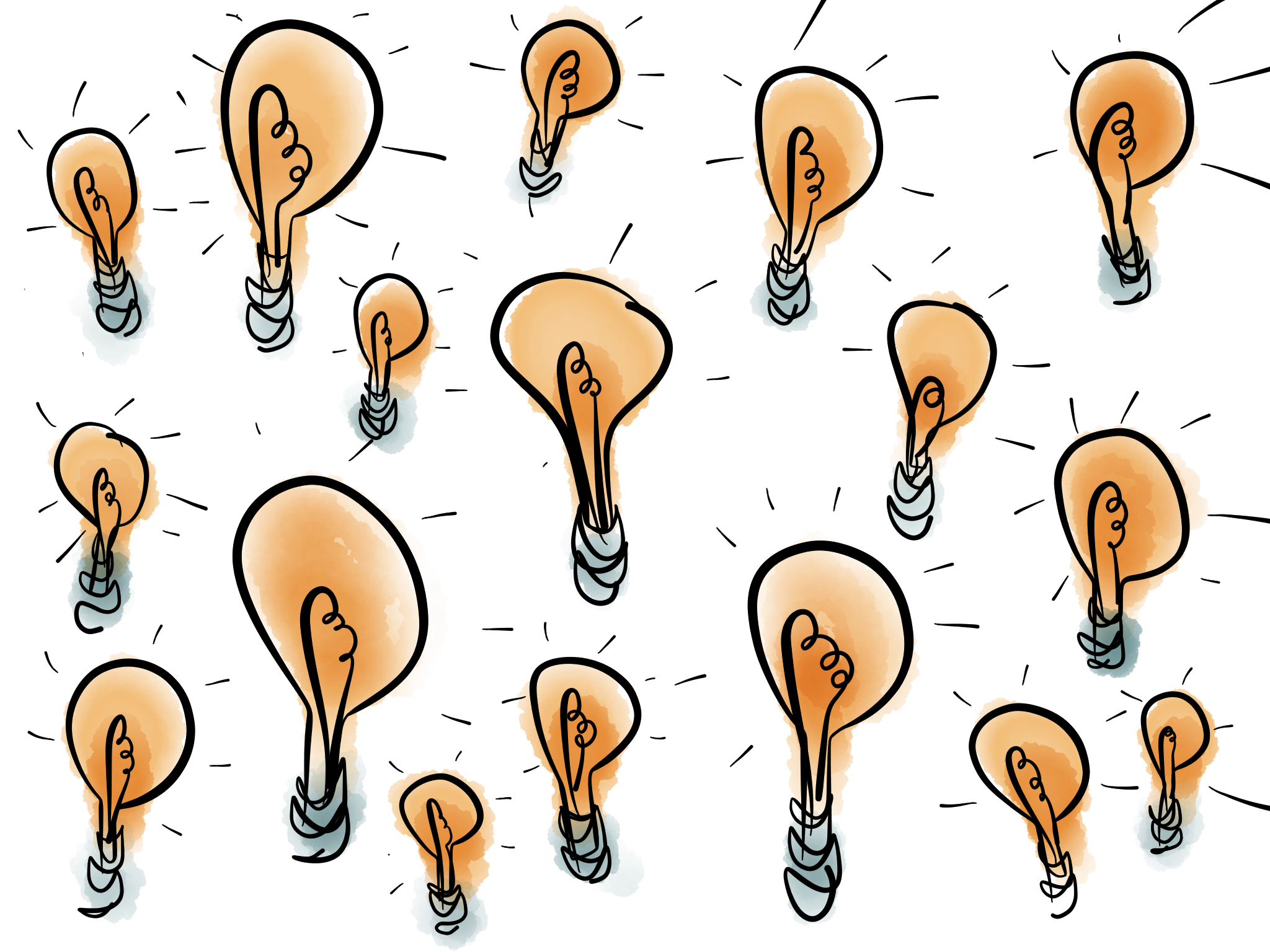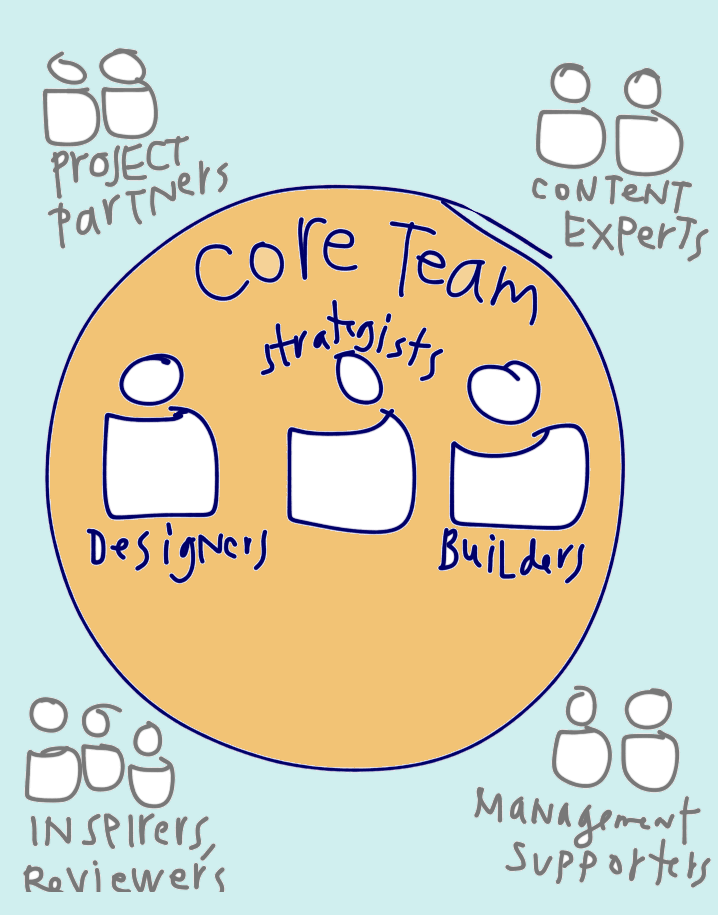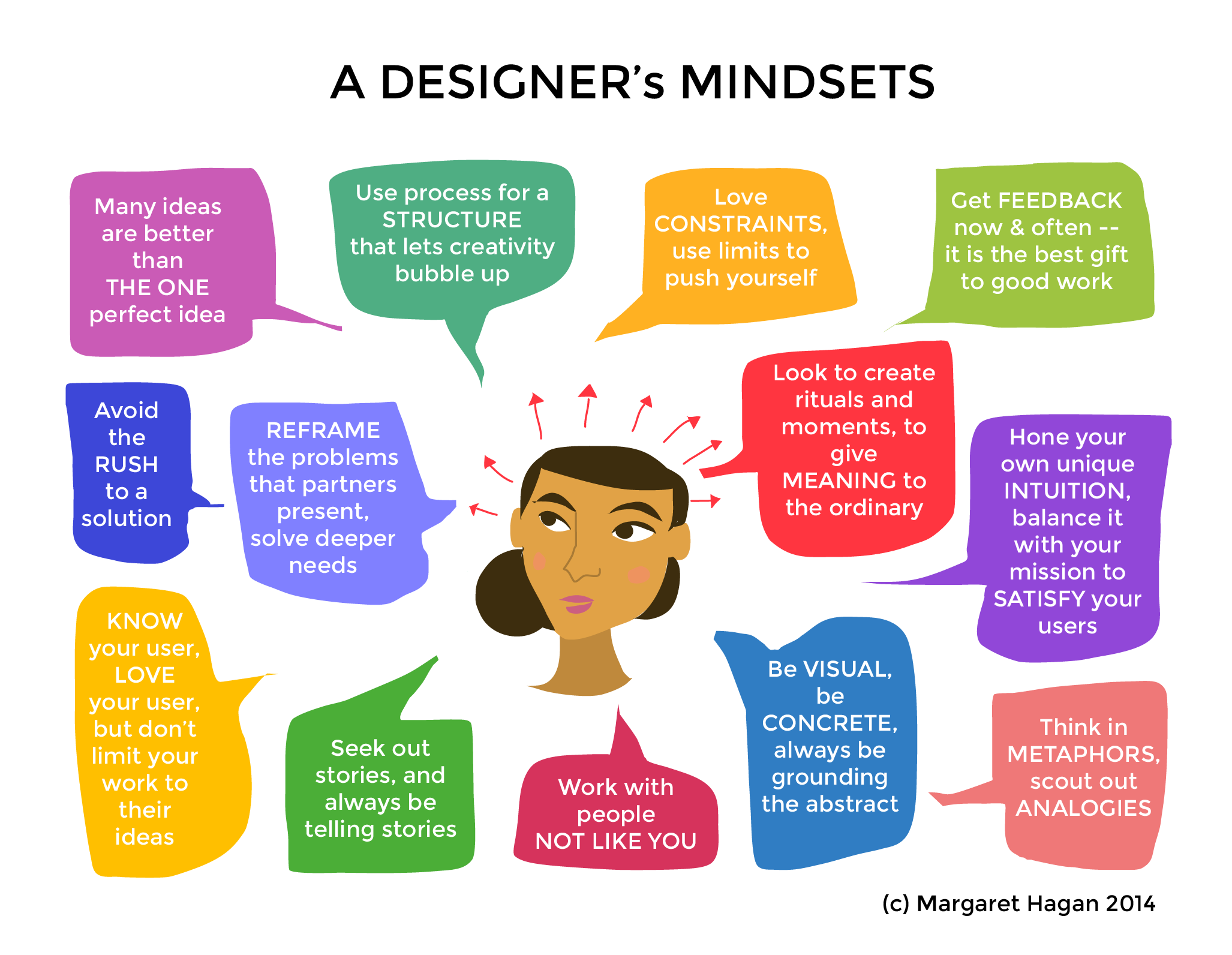
Charles Owen has been a professor of design at the Illinois Institute of Design for several decades. In an excellent 2006 article in Design Research Quarterly that discussed how design thinking can be taught in a range of different fields — law, art, medicine, hard sciences.
I am writing a longer analysis of his description of how design thinking might be brought into the legal field — particularly those who are constructing and interpreting laws to achieve ‘justice’.
Here, I just wanted to call out the traits he’s observed make for good creative professionals — and which any design-driven environment should be encouraging.
Conditioned inventiveness.
– Creative thinking for designers is directed toward inventing. Designers tend to be more interested in the ‘what’ questions than the ‘whys’ of interest to the scientist. Design creativity, thus, complements scientific creativity. Design creativity, however, must cover more than just invention. Design brings to invention a concern that what is produced not only be inventive, but be so within the frameworks of human-centered and environment-centered measures governing the designer’s efforts.
Human-centered focus.
– Science and, to a slightly lesser extent, technology have few built-in governors. That is to say, as in the arts, exploration proceeds where discoveries direct. Design, on the other hand, is client-directed. Design thinking must continually consider how what is being created will respond to the clients’ needs.
Environment-centered concern.
– In recent years, design thinking has acquired a second, omnipresent and meta-level client: the environment. Present-day thinking puts environmental interests at a level with human interests as primary constraints on the design process. Sustainable design is one very noticeable result, The ultimate value of human and environment-centeredness is a guarantee that the best interests of humankind and environment will be considered in any project.
Ability to visualize.
– All designers work visually. Designers can visualize ideas in a range of media, bringing a common view to concepts otherwise imagined uniquely by everyone in a discussion. Designers can reveal the whole elephant that the blind men can only partially and imperfectly conceive.
Tempered optimism.
– It is difficult to work—and especially to work creatively—in a pessimistic, critical mood. Designers are taught to recognize this and to establish optimistic and proactive ways of working. Pronounced mood swings are not unusual among creative individuals, but designers learn to control these to level out both lows and highs in the interests of professionalism—designers must be able to turn on enthusiasm on demand.
Bias for adaptivity.
– In recent years, the emergence of adaptive processes in manufacturing and information technologies has greatly reinforced a practice historically followed by some designers: the design of adaptive products able to fit their users’ needs uniquely. Design thinking today has accepted that concept, approaching problems with the view that, where possible, solutions should be adaptive—in production, to fit the needs of users uniquely; throughout their use, to fit users’ evolving needs.
Predisposition toward multifunctionality
– Solutions to problems need not be monofunctional. Designers routinely look for multiple dividends from solutions to problems. This would seem to be an obvious way to proceed, but it is not so. In a recent issue of Popular Sciencemagazine7, the cover story was six new technologies to stop global warming. The story reported proposals made by the science community at a special invited meeting with White House officials. All six science proposals were serious proposals for macroengineering projects. Five of the six proposed single-minded means for relieving global warming—at considerable cost, and with no additional benefits. The sixth, as an extension of a technology already used for increasing natural gas production, had that benefit, but no other. In contrast, the three macro design projects proposed in the Institute of Design’s prize winning Project Phoenix (also reported in Popular Science 14 years earlier) all had major economic benefits in addition to their global warming benefits. Design thinking keeps the big picture in mind while focusing on specifics.
Systemic Vision.
– Design thinking is holistic. In the last forty years, roughly since the computer began to influence design thinking, designers have moved to considering problems more broadly. Modern design treats problems as system problems with opportunities for systemic solutions involving mixes of hardware, software, procedures, policies, organizational concepts and whatever else is necessary to create a holistic solution.
View of the Generalist.
– Common wisdom today holds that the trend of expertise is to greater and greater specialization and, therefore, success will come more readily to those who choose to specialize early and plan their training accordingly. Design thinking, to the contrary, is highly generalist in preparation and execution. In a world of specialists, there is real need for those who can reach across disciplines to communicate and who can bring diverse experts together in coordinated effort. For inventive creativity, the wider the reach of the knowledge base, the more likely the creative inspiration. A designer is a specialist in the process of design, but a generalist in as wide a range of content as possible.
Ability to use language as a tool.
– Language is usually thought of as means for communication. For design thinking, it is also a tool. Visual language is used diagrammatically to abstract concepts, reveal and explain patterns, and simplify complex phenomena to their fundamental essences. Mathematical language is used to explore ‘what if’ questions where feasibility may be established by approximation—by calculations not exact, but close enough to support an idea or change a line of reasoning. Verbal language is used in description where explanation goes hand in hand with the creative process, forcing invention where detail is lacking and expressing relationships not obvious visually.
Affinity for teamwork.
– Because designers work for clients, it is natural that good interpersonal skills become part of the professional set of tools they develop. An additional impetus toward teamwork has been a movement in the professions over the last forty years toward team-based design, spurred by developments in industry. Design thinking today is highly influenced by this, and designers routinely work closely with other designers and experts from other fields. On multi-discipline teams, designers are a highly valuable asset because of their characteristic abilities to generalize, communicate across disciplines, work systematically with qualitative information, and visualize concepts.
Facility for avoiding the necessity of choice.
– The job of the decision maker is to choose among alternative proposals, usually the products of different problem-solving approaches. Design thinking takes the view that making that choice is a last resort. Before moving to choice-making, the designer looks for ways to ‘have your cake and eat it too’—a seeming paradox (exactly what you cannot do, as pointed out in the old English proverb). The optimistic, adaptive designer, however, searches the competing alternatives for their essential characteristics and finds ways to reformulate them in a new configuration. When this process is successful, the result is a solution that avoids the decision and combines the best of both possible choices.
Self-governing practicality.
– Design is a field in which inventiveness is prized. In very few fields is there the freedom to dream expected in design. The best design thinkers understand this and learn to govern flights of fantasy with a latent sense of the practical. The flight is to the outer reaches of what can be conceived; the tether is to ways that the conceivable might be realized. This is embedded in a style of thinking that explores freely in the foreground, while maintaining in the background a realistic appraisal of costs that can be met and functionality that can be effected.
Ability to work systematically with qualitative information.
– As design research has matured and design methodology progressed, design processes with component methods and tools have been developed and refined. As one such process, Structured Planning9contains a tool-kit of methods for a complete range of planning tasks covering ways to find information, gain insights from it, organize it optimally for conceptualization, evaluate results and communicate a plan to the public and follow-on teams in the development process. Methods such as this are qualitative information handling techniques applicable to many kinds of conceptual problems where complex, system solutions are desirable. They are also usable by anyone working on a planning team, enabling systematic aspects of design thinking to be made accessible to all.



